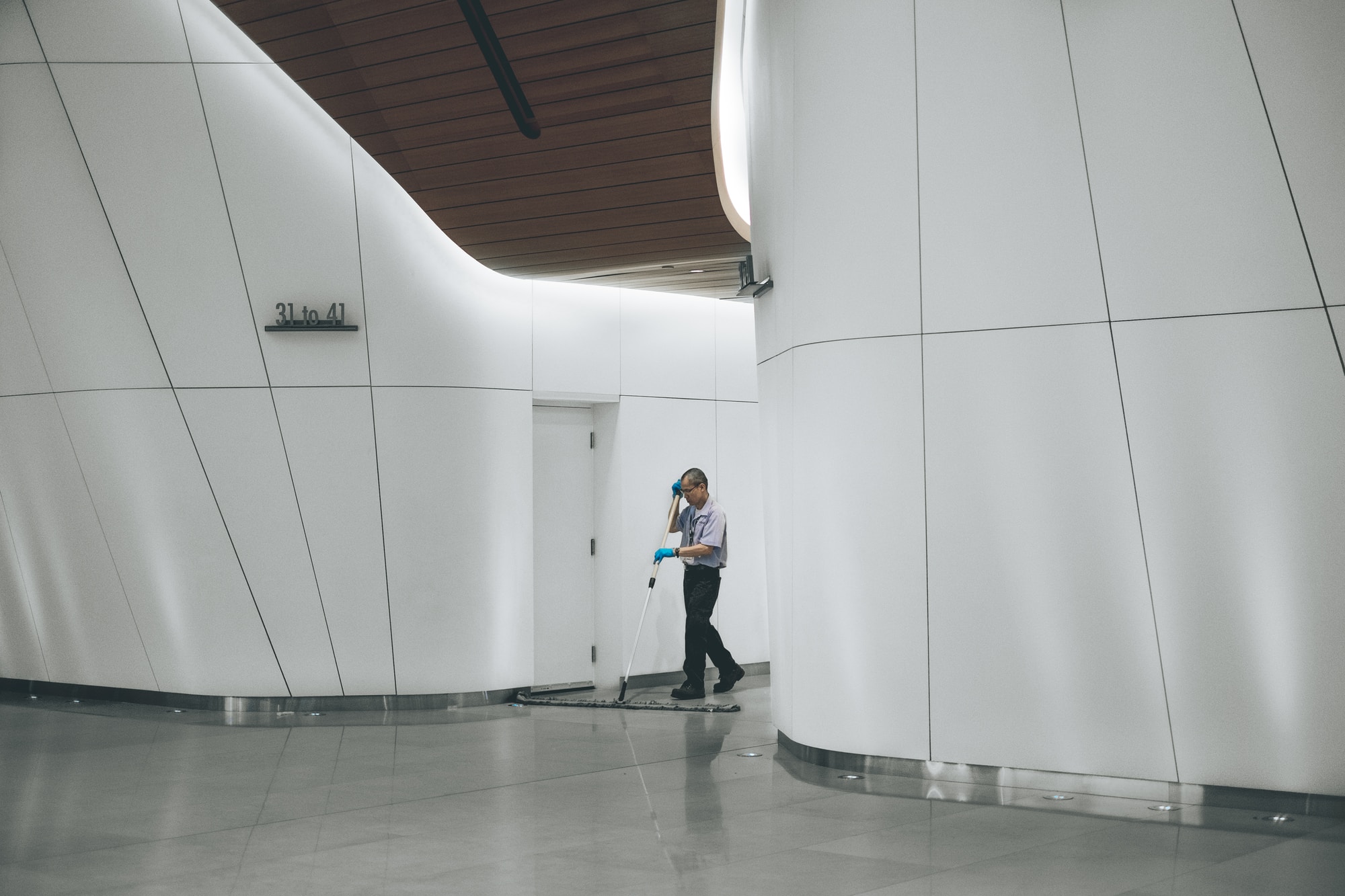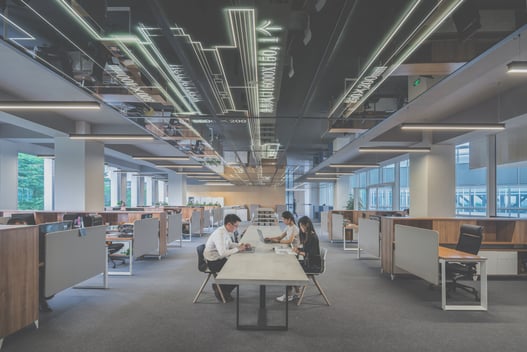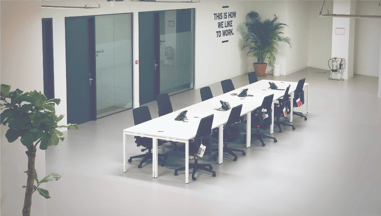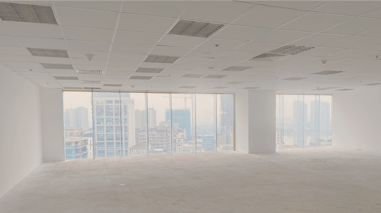Understanding why occupancy monitoring is essential
Occupancy monitoring in buildings has always been a valuable tool, but the COVID-19 pandemic has pretty much made it a necessity. In the last few months workplaces have quickly adapted and implemented COVID-19 safety measures. This includes those that will enable employees to comply with social distance measures in the workplace.
However, without having access to real-time occupancy data, it is going to be impossible for these measures to be enforced. Using sensors to monitor your office space is the only way to understand and control how it is being used. It’s essential for upholding an effective social distancing policy and providing a safe and healthy environment in which to work.
What is occupancy monitoring?
Occupancy monitoring lets you know the presence of people in your workplaces in real time. Sensors can be placed on desks and in doorways to allow you to see usage (daily and over time) and monitor space and equipment.
Getting employees back to the workplace safely
Professor Chris Whitty, the UK’s most senior medic, has said that it is important to be realistic and that social distancing will need to be in place for ‘really quite a long period of time’.
He has said that social distancing will be necessary in order to suppress outbreaks until an effective vaccine can be deployed to all. It’s therefore inevitable that practicing safe social distancing in the workplace will continue and it is going to be vital to ensure that employees remain a safe distance apart.
By imposing limits on the total number of people initially allowed into the office, employees can be protected from potential person-to-person transmissions. Real-time occupancy monitoring can enable companies to keep their headcount below a certain threshold, giving staff the ability to maintain social distancing.

It’s clear that manual headcounts will not suffice, as this method is not only inaccurate and prone to error, but also extremely limited. Simply understanding how many people are in an office space is not enough, it is vital to have access to data that enables you to understand where employees are within this space.
Workplace cccupancy sensors can accurately track key factors including real-time people count, density in a given area, distance between occupants and movement between zones. Real-time alerts can then be used to manage the flow of staff, avoiding overcrowding and potential transmission.
Occupancy data can also be used to inform a staggered employee schedule. Many companies have assigned their employees alternate work hours in order to limit the number of people in the office at any given time. If companies can understand how many people are in different areas of the office, they can create time-based allotments accordingly.
Maintaining a safe working environment
Office spaces need to be cleaned thoroughly before employees return to work, and remain clean once there are more people back in the office. Another important way in which occupancy data can be used is to inform cleaning regimes and schedules. Understanding the areas of the office that have been used the most, or perhaps not even used at all, can ensure that cleaning is more focused and effective.
A study from The New England Journal of Medicine found that COVID-19 was still detectable on copper for up to 4 hours, on cardboard for up to 24 hours, and on plastic and steel for up to 72 hours. It’s therefore paramount that surfaces that are touched frequently are cleaned to a high standard.

Occupancy analytics can identify places which become particularly busy, such as lunch areas, or surfaces that employees regularly come into contact with, such as door handles. It may become apparent that it is necessary to clean these areas several times throughout the day in order to prevent the risk of transmission and keep employees safe.
Understanding how much space is required
As well as being essential in the short-term for managing safe social distancing in the workplace effectively, occupancy monitoring is an extremely valuable tool in the long-term. Having access to accurate occupancy data is the only way that companies can make informed decisions about how much space is really required.
The COVID-19 pandemic is likely to have shown companies that a great deal of work can be carried out remotely, meaning that some of their space is no longer necessary. A string of major employers have said they are preparing to cut costs by reducing their office estates.
Andy Pyle, the head of UK real estate at KPMG, has said that ‘Ultimately, I would expect there will be a need for less office space and also different office space. My guess is that the fall would be somewhere between 10%-20%, on an individual company level on average’.
Without access to real-time occupancy data, it is exceedingly difficult to quantify how much office space is needed, and will remain as Pyle states, simply a guess. Workplace occupancy monitoring can show average utilisation levels and highlight specific areas that are underused, allowing companies to make informed cost-saving decisions about re-allocating space or downsizing.
Contact us today to find out more about how we can help to make your office a safer and healthier working environment.




